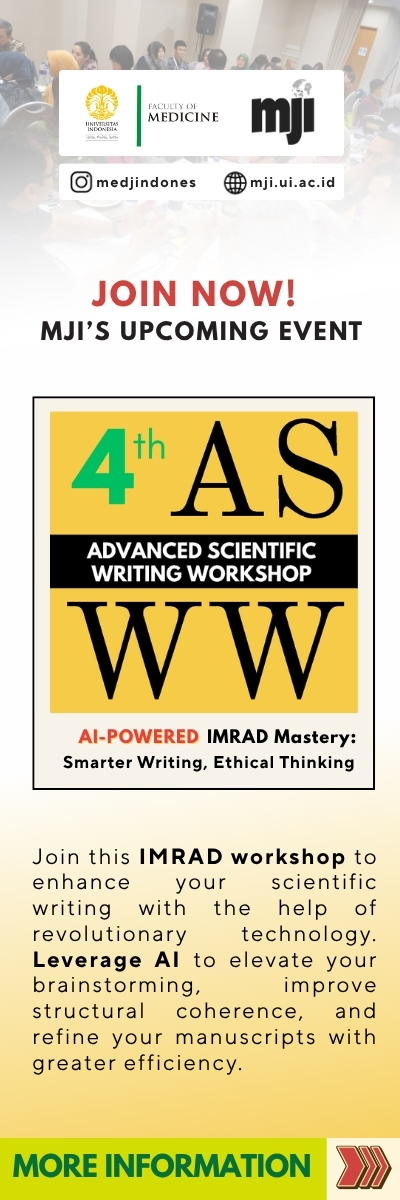Thoracic epidural anesthesia attenuates hemorrhagic-induced splanchnic hypo-perfusion in post-resuscitation experimental hemorrhagic shock
DOI:
https://doi.org/10.13181/mji.v17i2.304Keywords:
thoracic epidural anesthesia, lidocaine, hemorrhagic shock, splanchnic hypoperfusion, bacterial translocationAbstract
The purpose of present study was to assess the effects of thoracic epidural anesthesia on splanchnic perfusion, bacterial translocation and histopathologic changes in experimental hemorrhagic shock in short-tailed macaques (Macaca nemestrina). Sixteen Macaca nemestrinas were randomly assigned to one of two groups i.e. the lidocaine group (n = 8), receiving general anesthesia plus lidocaine thoracic epidural anesthesia; and the saline group (n = 8), receiving general anesthesia alone as control. Hemorrhagic shock was induced by withdrawing blood gradually to a mean arterial pressure (MAP) of 40 mm Hg, and maintained for 60 minutes. Animals were then resuscitated with their own blood and ringer lactate solution (RL). After resuscitation, epidural lidocaine 2% was given in the lidocaine group and saline in the control group. Resuscitation that was performed after one hour hemorrhagic shock, with hemodynamic variables and urine output returned to normal, revealed there was no improvement of splanchnic perfusion. PgCO2, P(g-a)CO2, and pHi remained in critical value and tended to deteriorate in the saline group. Contrast to saline group, splanchnic perfusion in lidocaine group tended to improve. This condition was supported by the finding of less bacterial translocation and better histopathologic changes in lidocaine thoracic epidural anesthesia group than in saline group. This study concludes that lidocaine thoracic epidural anesthesia attenuates splachnic hypoperfusion in post-resuscitation hemorrhagic shock in Macaca nemestrina. (Med J Indones 2008; 17: 73-81)
Downloads
Downloads
Published
How to Cite
Issue
Section
License
Authors who publish with Medical Journal of Indonesia agree to the following terms:
- Authors retain copyright and grant Medical Journal of Indonesia right of first publication with the work simultaneously licensed under a Creative Commons Attribution-NonCommercial License that allows others to remix, adapt, build upon the work non-commercially with an acknowledgment of the work’s authorship and initial publication in Medical Journal of Indonesia.
- Authors are permitted to copy and redistribute the journal's published version of the work non-commercially (e.g., post it to an institutional repository or publish it in a book), with an acknowledgment of its initial publication in Medical Journal of Indonesia.





































